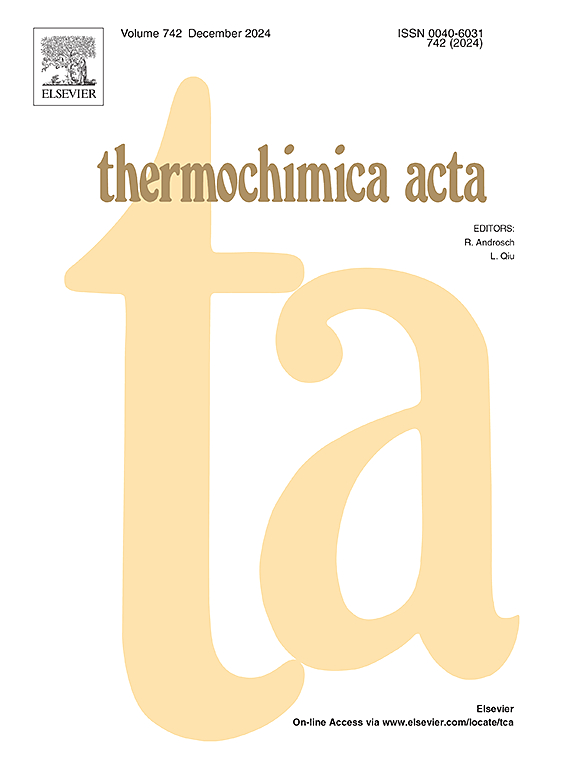Polymorphism and thermal stability of nesquehonite (MgCO3·3H2O) regulated by magnesium L-aspartate: For CO2 mineral sequestration
IF 3.1
2区 化学
Q2 CHEMISTRY, ANALYTICAL
引用次数: 0
Abstract
Prepared by hydrothermal method, the nesquehonite (MgCO3·3H2O) was characterized through different testing and analysis techniques. The study investigated the influence of l-aspartic acid regulation on the morphology, structure, and thermal stability of the nesquehonite. SEM and DSC results indicated that the sample had larger size and higher thermal stability. Building on it, the reaction mechanism using magnesium l-aspartate as a reactant was further explored, confirming that the formation of O-Mg coordination bonds induced nucleation self-assembly of crystals, effectively enhancing thermal stability. Compared to conventional methods, the initial decomposition temperature of the crystals prepared in this study increased by 42.5 %. This study provides a theoretical basis for the indirect mineralization of CO₂ to produce magnesium carbonates. Furthermore, the direct incorporation of biomolecular polymeric salts offers a novel perspective for understanding the role of organic additives in the process of crystals mineralization.

求助全文
约1分钟内获得全文
求助全文
来源期刊

Thermochimica Acta
化学-分析化学
CiteScore
6.50
自引率
8.60%
发文量
210
审稿时长
40 days
期刊介绍:
Thermochimica Acta publishes original research contributions covering all aspects of thermoanalytical and calorimetric methods and their application to experimental chemistry, physics, biology and engineering. The journal aims to span the whole range from fundamental research to practical application.
The journal focuses on the research that advances physical and analytical science of thermal phenomena. Therefore, the manuscripts are expected to provide important insights into the thermal phenomena studied or to propose significant improvements of analytical or computational techniques employed in thermal studies. Manuscripts that report the results of routine thermal measurements are not suitable for publication in Thermochimica Acta.
The journal particularly welcomes papers from newly emerging areas as well as from the traditional strength areas:
- New and improved instrumentation and methods
- Thermal properties and behavior of materials
- Kinetics of thermally stimulated processes
 求助内容:
求助内容: 应助结果提醒方式:
应助结果提醒方式:


